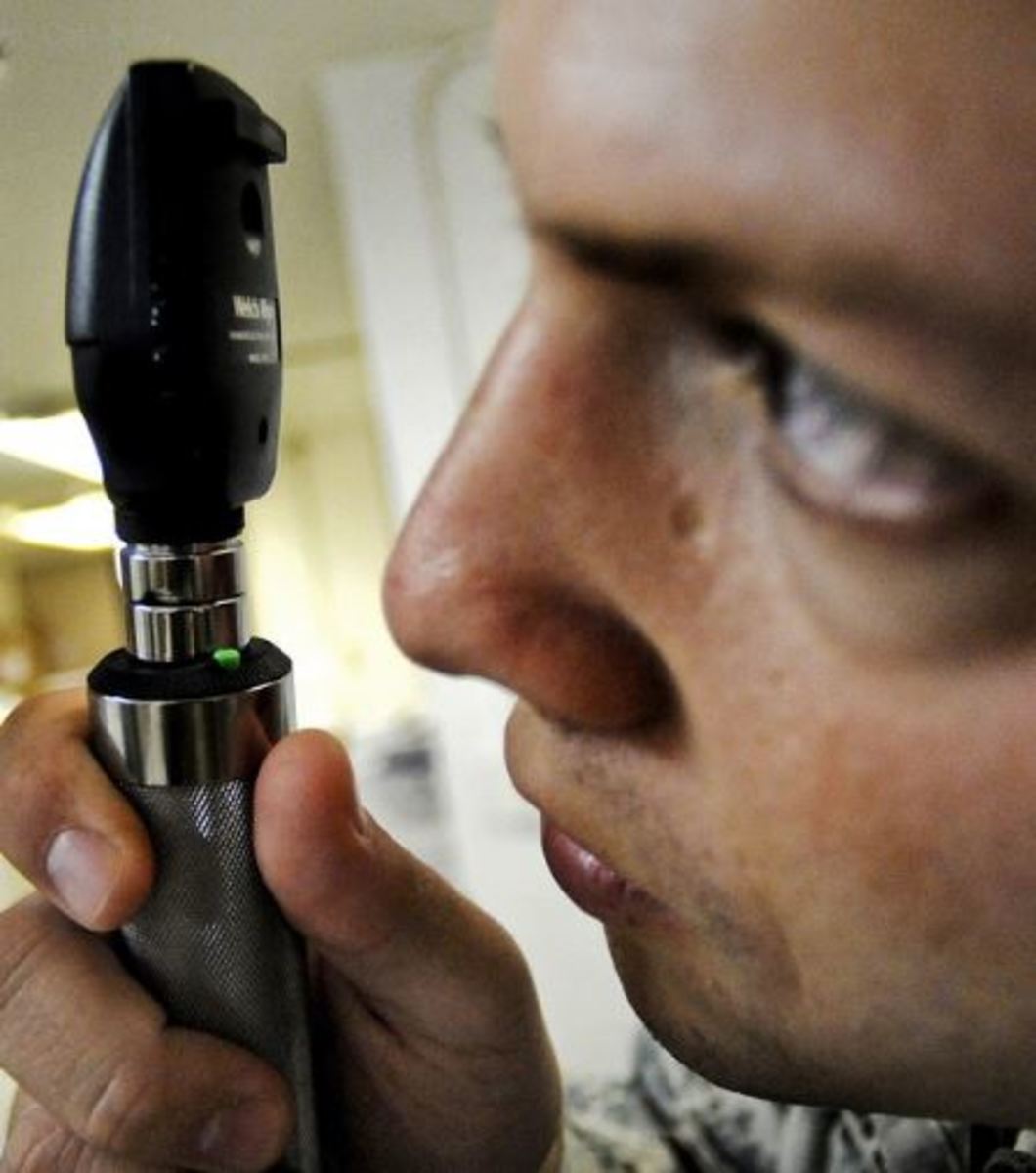
Cataracts can be inherited in the Siberian husky. A cataract acts as a foreign body, causing an inflammatory response. One source of inflammation can be the development of cataracts, especially in young dogs. Sometimes it’s transient, and sometimes it requires medical treatment with topical or systemic anti-inflammatories.

Muscle irritation due to intraocular inflammation can result from bumping the eye with a toy or against furniture, rough-housing with another dog, or other vigorous contact. It causes the pupil to become smaller (miotic). This happens when there’s irritation occurring at the muscles that make up the pupil (the hole in the iris) along with the muscles of the ciliary body (an area behind the colored iris). Intraocular inflammation, meaning inflammation somewhere within the eye. There are many causes, but, says veterinary ophthalmologist Nancy Bromberg, VMD, MS, DAVO, not knowing the breed, age, or activity of your dog makes it difficult to pinpoint the cause with certainty. Your thoughts?Ī: The medical term for different-size pupils is known as anisocoria. There was no change in his personality, appetite, or anything else. After the exam, I was told that in some dogs this was somewhat common and not to worry because my dog showed no signs of neurologic upset. The right one was constricted almost to a pinpoint while the left was fully dilated! I immediately took him to my veterinarian. Physiologic anisocoria under various lighting conditions.Q: I noticed that the pupils of my Siberian husky’s eyes were uneven. Label: Salagen - pilocarpine hyrochloride tablet, film coated.You can learn more about how we ensure our content is accurate and current by reading our editorial policy. We link primary sources - including studies, scientific references, and statistics - within each article and also list them in the resources section at the bottom of our articles. Medical News Today has strict sourcing guidelines and draws only from peer-reviewed studies, academic research institutions, and medical journals and associations. eye trauma, such as being hit or poked in the eye.Physical problems with the eyes that can cause the pupils to be different sizes include: Sympathomimetics, which help treat heart failure or sepsis.Pilocarpine, which is eye drops or gels that treat glaucoma.Oral pilocarpine, which treats dry mouth or damaged saliva glands due to head and neck cancer treatment, or Sjogren’s Syndrome.Anticholinergics, a class of medication for conditions including:.MedicationsĬertain medications can also cause pupils to be different sizes. It is not a life-threatening condition.Ībout 90% of cases occur in women between 20 and 40 years of age.Īlthough usually not harmful, having a tonic pupil may lead to someone becoming miotic, or chronically having a small pupil. Tonic pupil is where one pupil will appear abnormally large in light, taking a long time to constrict. little or no sweating on that side of the face.They will also have all or some of the following symptoms: People with Horner’s syndrome have one abnormally small pupil. An aneurysm causes pain and is a life-threatening condition that needs immediate attention. TNP can be due to pressure on the third nerve from an artery aneurysm. However, some cases of TNP in children are congenital, meaning they occur from birth. Other causes of TNP in children include migraine and severe infections, such as meningitis. potential loss of ability to focus on objects.abnormalities in the muscles around the eye.slight drooping of the eyelid, known as ptosis.Anyone experiencing symptoms after a head injury must see a doctor.Īside from the pupils being different sizes, other symptoms of TNP include: Third nerve palsy (TNP) can cause the pupils to be different sizes.Ĭauses of TNP include a brain hemorrhage, trauma, or aneurysm. Share on Pinterest Third nerve palsy or Horner’s syndrome may cause anisocoria.


Mechanical anisocoria: This type of anisocoria is the result of physical damage to the eye, such as an injury or a condition that causes inflammation to the eye. The difference between the pupil sizes is more or less constant, even when the light changes, and is not usually of concern. Physiological anisocoria may be temporary or permanent, depending on individual cases.Ībout 15–30% of the population experiences physiological anisocoria.

It is the most common type of anisocoria, and the difference between the pupil sizes is no more than 1 millimeter. Physiological anisocoria: This is when the pupils are naturally different sizes. Share on Pinterest Physiological anisocoria is the most common type of anisocoria.


 0 kommentar(er)
0 kommentar(er)
